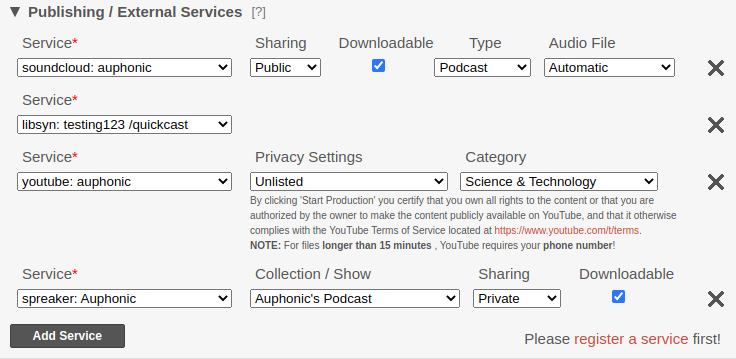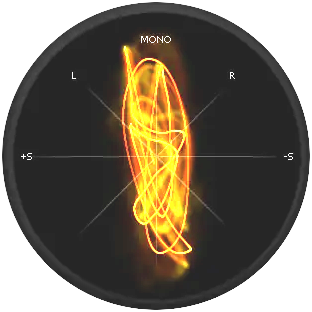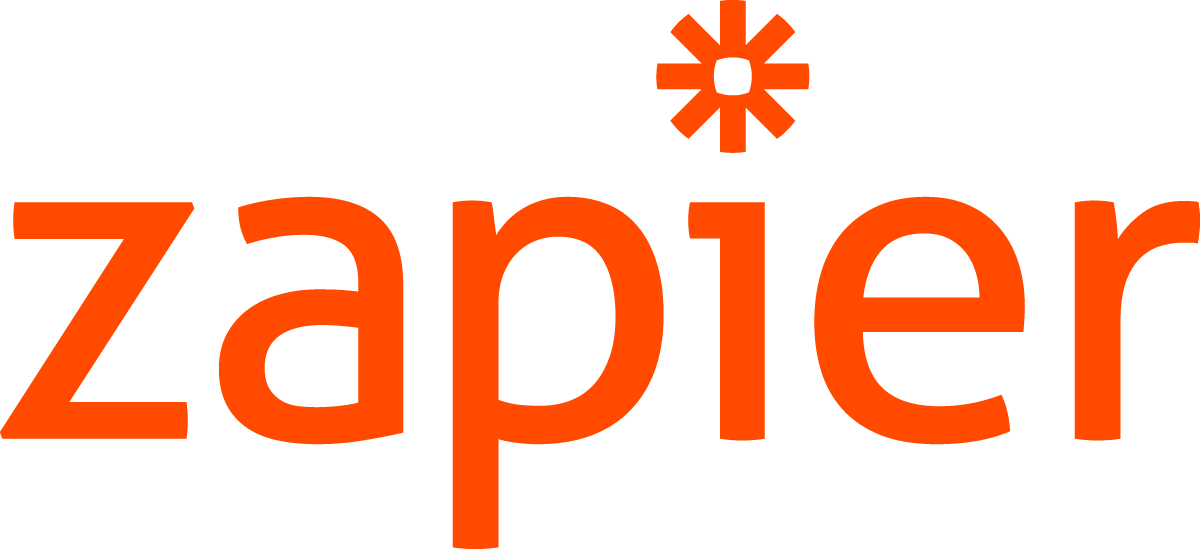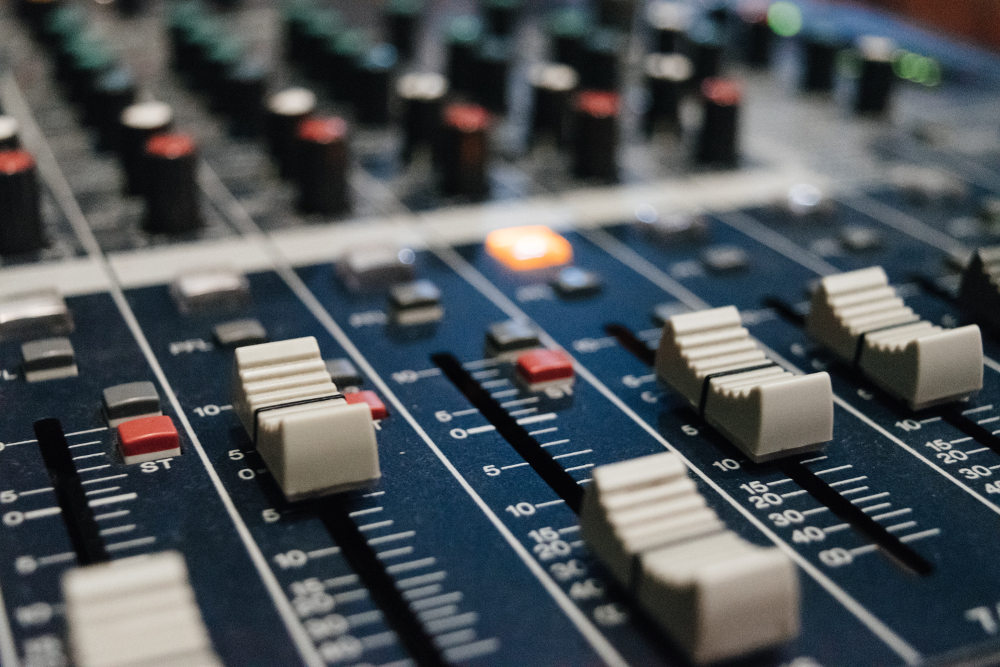We are happy to announce that
LetsCast.fm
is now fully connected to Auphonic!
You can export processed audio files from Auphonic automatically or import your recent productions directly in LetsCast.fm.
![]()
About LetsCast.fm
LetsCast.fm
is a popular podcasting hosting company based in Germany.
Besides an Auphonic integration, the service offers unlimited podcasts and episodes in each plan.
The feature set also includes your own podcast website, a modern web player based on the
Podlove Web Player,
and dynamic ad insertion.
For a full list of features, please see the LetsCast.fm Feature Box.
Pricing and available plans can ...


 Phase correlation screenshot of
Phase correlation screenshot of 



 Photo by
Photo by  Resist the loudness target war!
(Photo by
Resist the loudness target war!
(Photo by